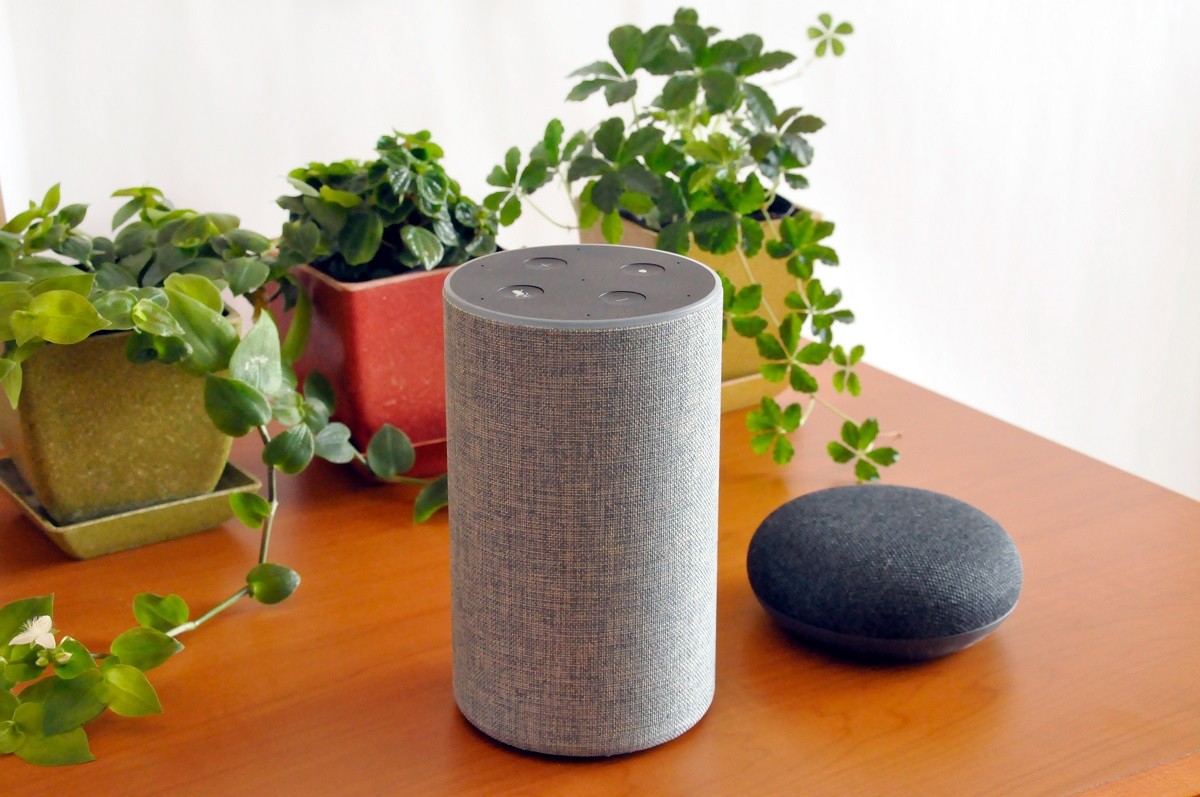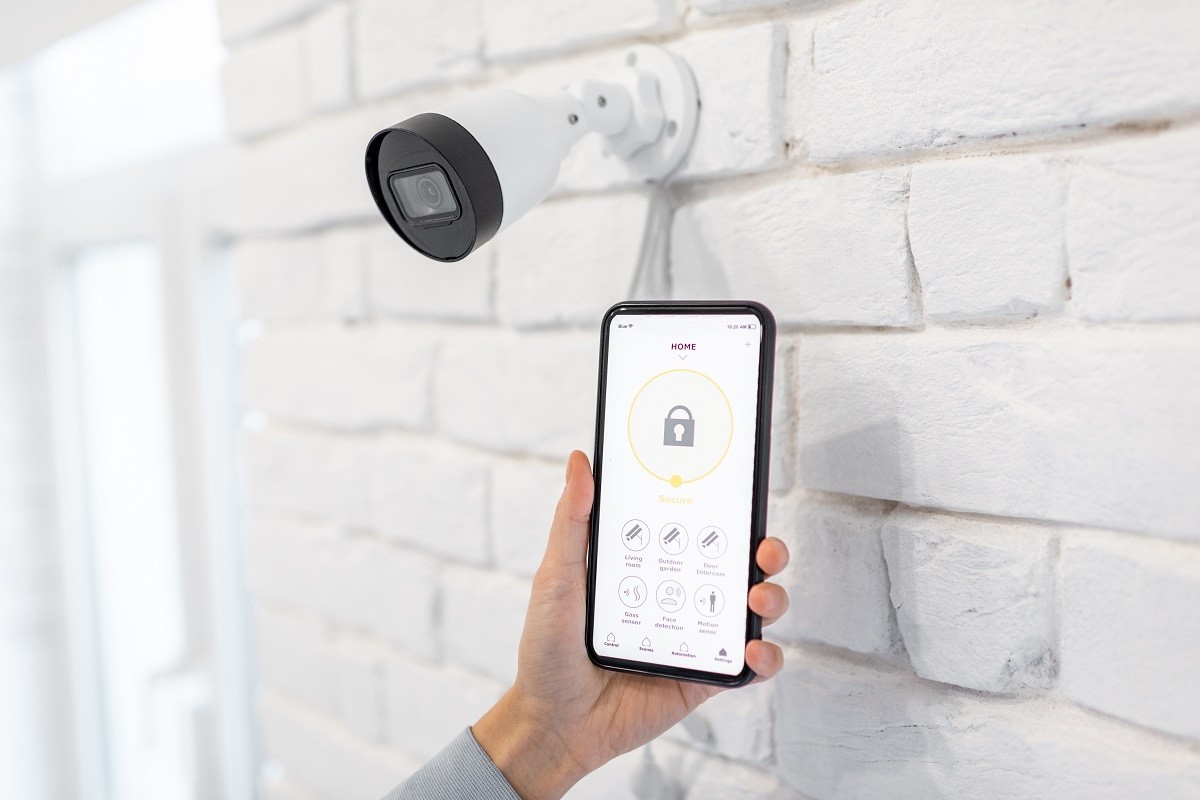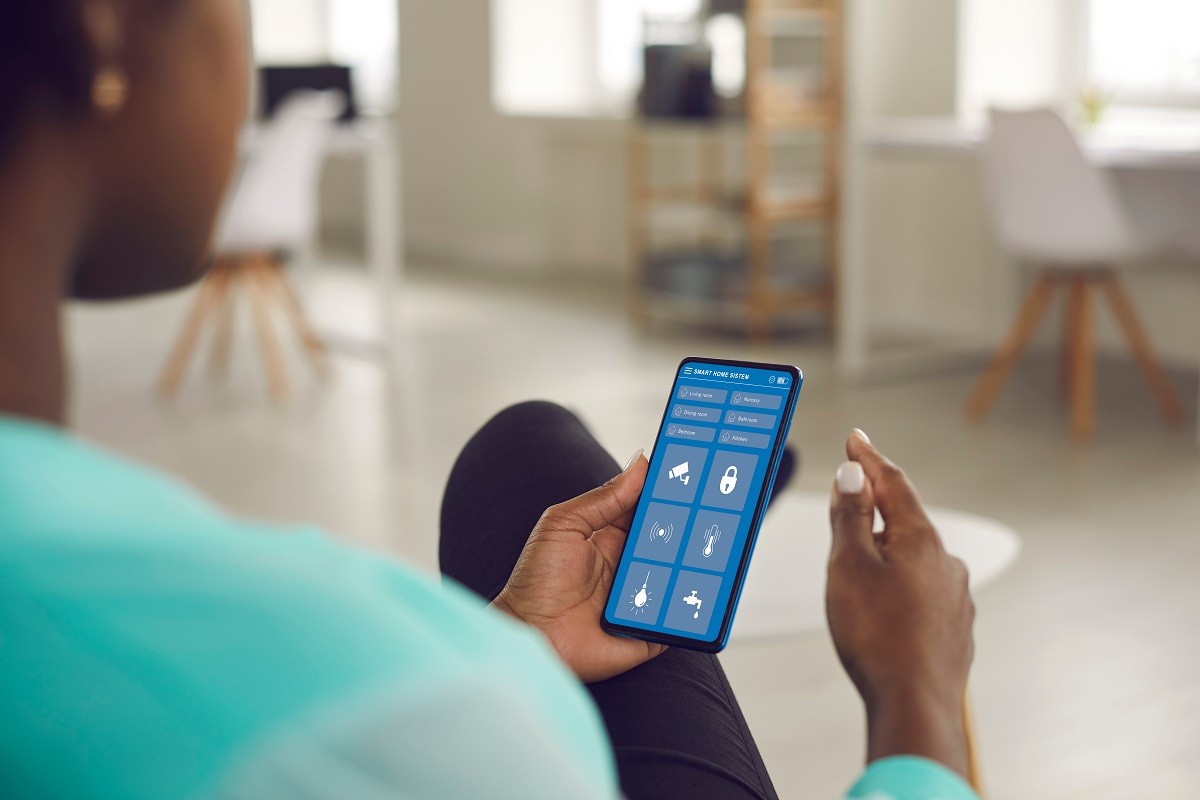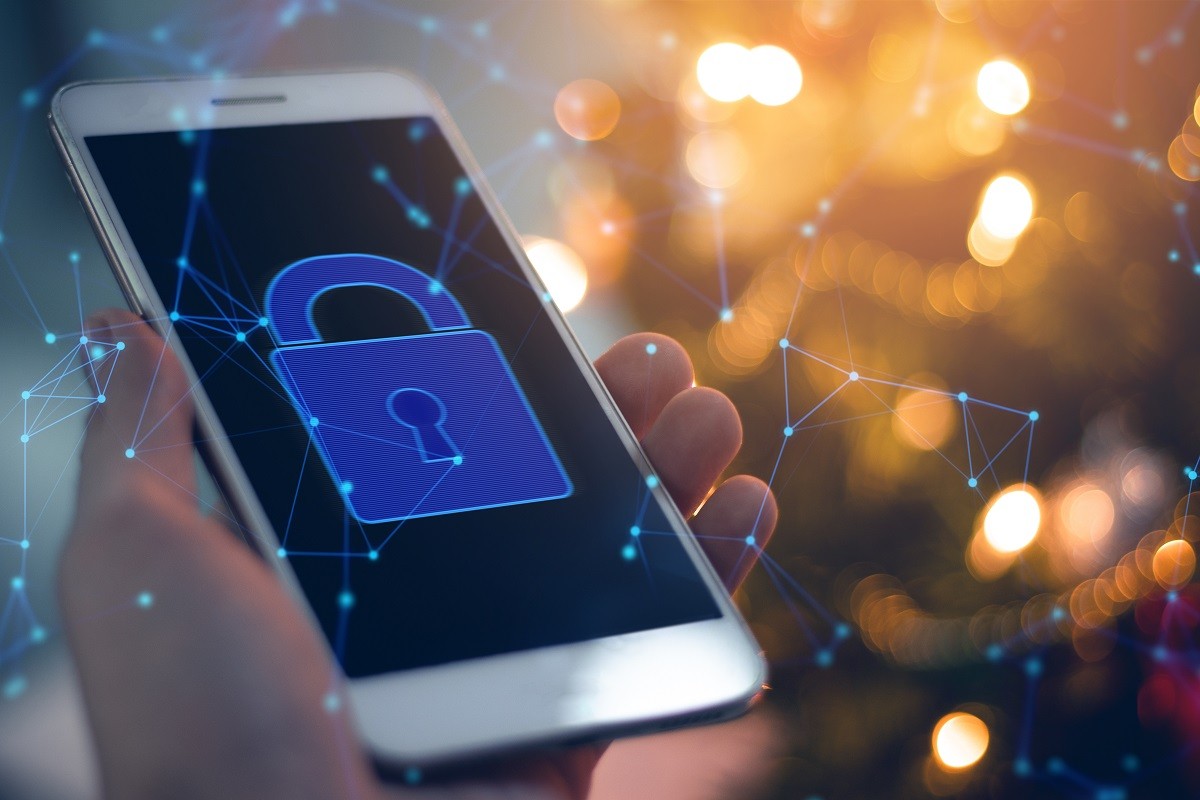
Secure Your Smart Home: A 6-Step Guide to Protecting Your Devices
The average American home now has 20.2 connected devices inside of it, and by 2025, the number of smart homes in the U.S. is expected

The average American home now has 20.2 connected devices inside of it, and by 2025, the number of smart homes in the U.S. is expected

Do you have more than three computers in your home? According to the Cybersecurity & Infrastructure Security Agency, one of those computers has malware on

Even in the safest neighborhoods, you can still find a broken window. So how can you keep your home as safe as can be and

Our phones are smart. Our cars are becoming smarter. It was only a matter of time before our homes followed suit. Of course, smart homes

It’s the holiday season, which means it’s prime time for burglaries and package theft. In fact, a CNN study found that burglaries jump the week of Christmas,
Copyright 2025 vipHomeLink Holdings, Inc. – All Rights Reserved | Patents Pending